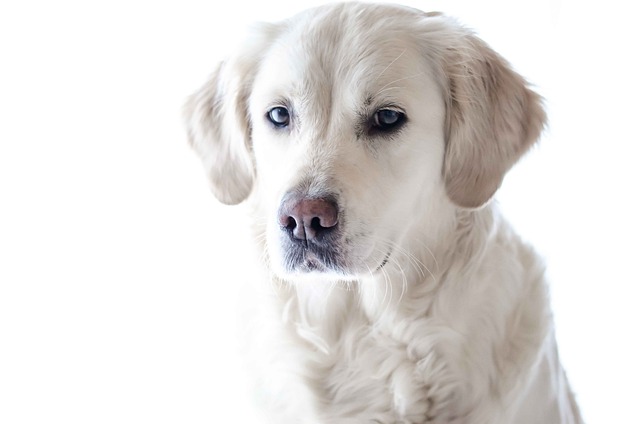
How can I tell if my dog's heatstroke is serious
Let’s be real: It’s a sticky August morning in Los Angeles, and you took your 2-year-old Golden Retriever, Max, for a walk a little later than usual
During the time spent with dogs day and night, they have become an indispensable family member in our lives, providing us with endless warmth and companionship. But when dogs are troubled by separation anxiety, this beauty is shattered. Watching the once lively and adorable dog become restless and behaving abnormally when its owner leaves, the owner's heart is filled with heartache and worry. So, how should we deal with separation anxiety in dogs?
The symptoms of separation anxiety in dogs are very obvious. When the owner is ready to go out, the dog will closely follow behind without leaving a single step, even using its body to block the owner from going out, while making urgent and mournful cries, with fear and reluctance in its eyes. After the owner leaves, the dog will linger at the door for a long time, pacing back and forth, trying to find its owner by gnawing on furniture, scratching doors and windows to vent its inner anxiety. Some dogs may continue to bark, not only disturbing their neighbors, but prolonged barking may also damage their vocal cords. More seriously, dogs may experience loss of appetite and mental exhaustion, and may not be interested in toys and games that they used to love. The entire dog is immersed in the fear of being abandoned by its owner. Every time the owner sees the dogs in pain due to separation anxiety, they are anxious and eager to help them get out of their predicament.
There are multiple reasons why dogs experience separation anxiety. Firstly, the rapid changes in living environment are an important factor. Moving, changing owners, or welcoming new members to the home can leave dogs in unfamiliar environments, disrupting familiar odors and routines, and creating a strong sense of insecurity. For example, after a friend of mine moved, his dog became unusually clingy. Whenever the friend was out of sight, he would become restless and search for his owner everywhere. Secondly, the growth experience of dogs also plays a crucial role. If there is a lack of sufficient socialization training during the puppy stage and they have not learned how to face separation alone, they are more likely to be plagued by separation anxiety as they grow up. In addition, excessive indulgence from the owner can lead to dogs becoming overly dependent on them. Once the owner leaves, they will fall into panic.
In the face of separation anxiety in dogs, what we need to do is to identify the root cause and implement precise strategies. If it is caused by changes in the living environment, we need to help dogs adapt to the new environment as soon as possible. Bring familiar toys and mats for dogs, so that they can smell familiar smells in new environments and feel secure. Spend more time with dogs, play and interact with them, and guide them to gradually become familiar with people and things in their new environment. When dogs feel safe and comfortable in a new environment, separation anxiety will naturally decrease.
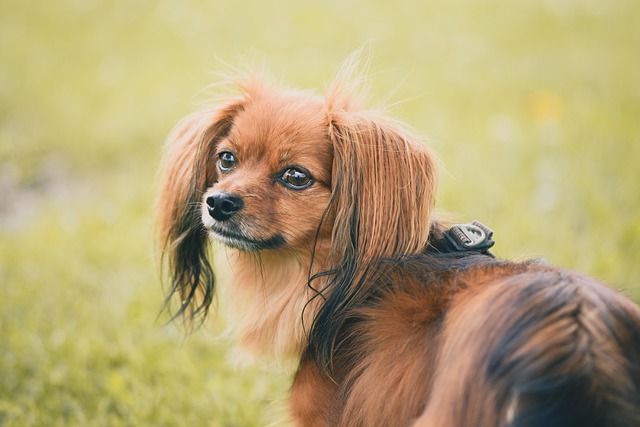
Training dogs' independence is the core of solving separation anxiety. Starting from briefly leaving home for a few minutes, gradually extending the time of departure. When leaving, do not show excessive reluctance, so as not to let the dog perceive your unease and exacerbate their anxiety. After returning home, do not immediately give excessive attention and wait for the dog's emotions to stabilize before interacting. Through this gradual training, dogs can understand that their owners will come back after leaving, gradually establishing a sense of security. Every time the owner sees the dog gradually adapting to separation during training, they sincerely feel relieved because the dog is bravely overcoming its inner fears.
Creating a comfortable alone space for dogs is also crucial. Set up a dedicated nest for dogs in the room, lay a soft cushion on it, and put their favorite toys on it. When the owner leaves, keeping the dog in this safe little nest will make them feel more at ease. Meanwhile, playing soft music in the dog's room or using a white noise machine can mask external noise and help the dog relax.
In addition to the above methods, you can also try using some auxiliary tools. For example, there are comfort collars specifically designed to alleviate separation anxiety in dogs on the market, which emit pheromones that can calm the dog down. You can also leave a piece of clothing with the owner's scent for your dog, so that they can feel their owner's presence even when they leave.
The separation anxiety of dogs is not only a challenge to themselves, but also a difficult problem that their owners need to face. But as long as we understand their needs with care, guide and train them with scientific methods, and accompany them with love and patience, we can definitely help dogs overcome separation anxiety. The joy and satisfaction of seeing a dog no longer anxious about separation and able to play and enjoy life happily cannot be described in words. Let's work together to create a safe and loving home for dogs, accompanying them through every happy day.

Let’s be real: It’s a sticky August morning in Los Angeles, and you took your 2-year-old Golden Retriever, Max, for a walk a little later than usual

You're enjoying a summer afternoon at the park when you notice your dog has stopped panting and appears disoriented - their gums are bright red
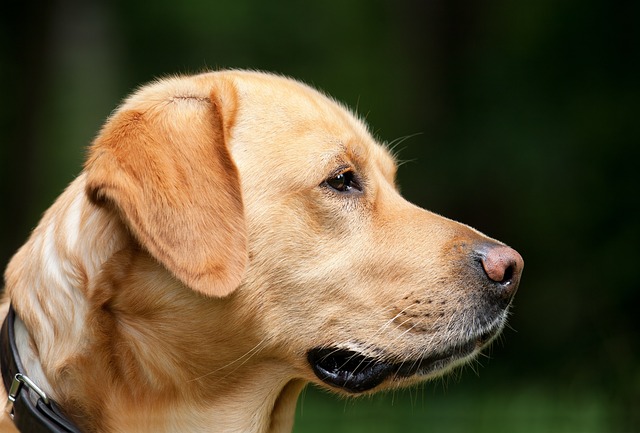
Let’s paint the picture: You’re in your Denver apartment, watching your 4-year-old Boston Terrier, Ruby, plop down mid-play session with her favorite toy

Many dog owners notice their pets nails seem shorter after regular walks,but how much does this daily activity actually help?The answer depends on where you walk—concrete sidewalks or asphalt streets gently file nails as a dog's paws hit the ground
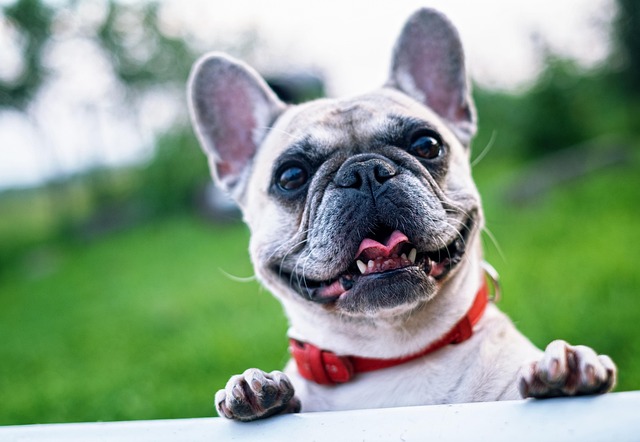
Most dog owners notice their pup scooting across the carpet at some point, but few connect it to impacted anal glands. These small sacs near a dog’s rectum secrete a scent for marking territory
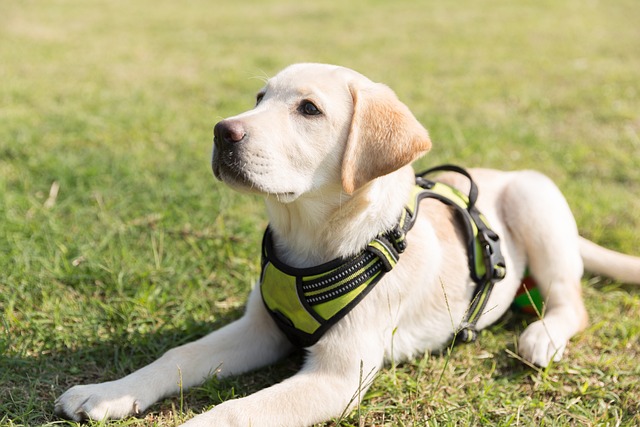
Most vets agree that regular dog teeth cleaning is key to avoiding painful dental issues later. For healthy adult dogs, a professional cleaning at the vet’s office every 12 to 18 months usually works well.